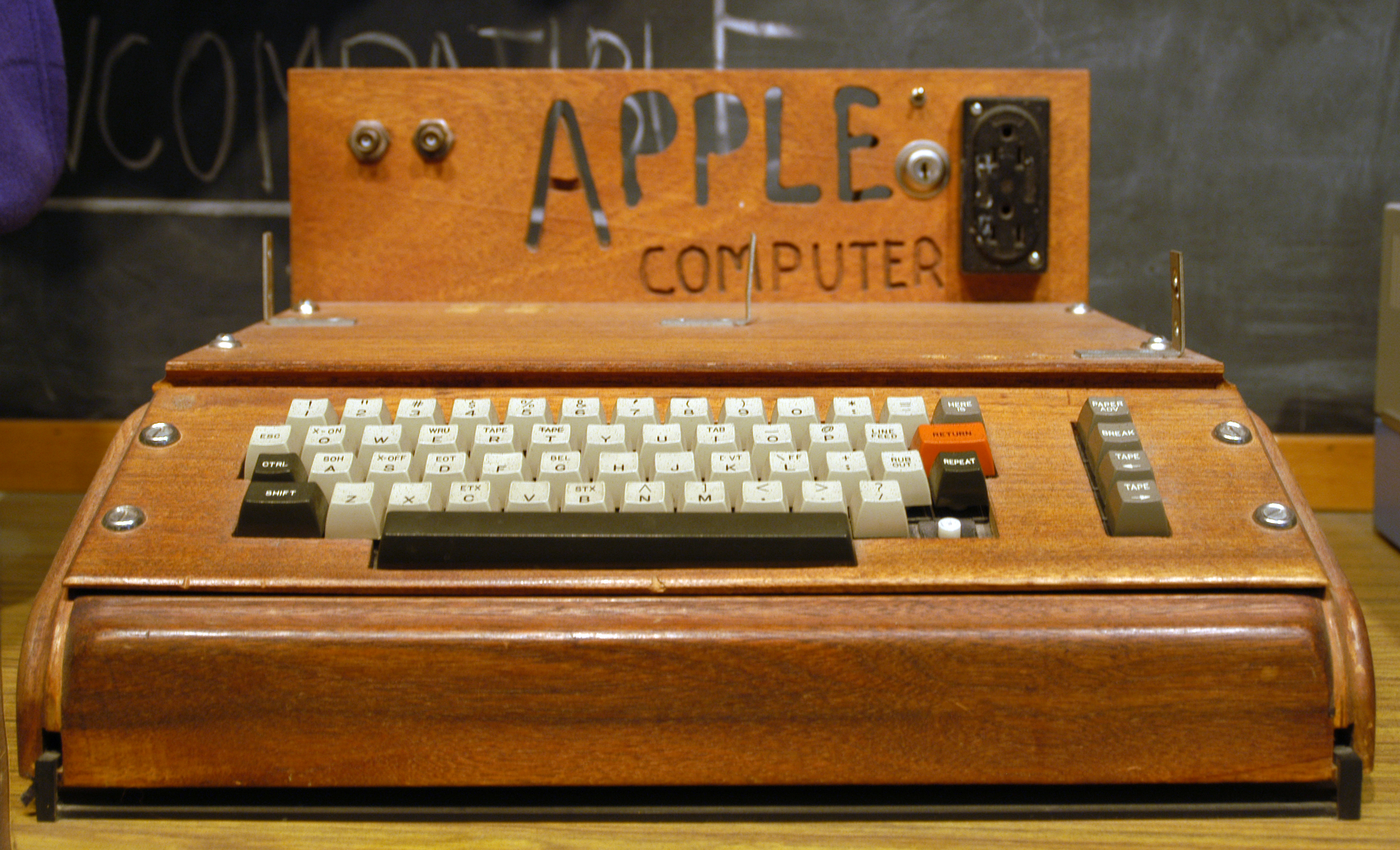This is Part 5 of a 9 Part Series on the History of ERP.
1980s: MRP II and the Personal Computer
By the 1980s MRP was becoming increasingly popular due to lower computer costs and improvement in programming tools and databases. In fact, many early software developers were integrating MRP with other business functions including accounting as noted below in Lilly’s Software International advertisement which appeared in ComputerWorld July 14, 1980. Incidentally, Lilly sold SI to General Electric in 1980 and went on to found ProfitKey International in 1981, the first make to order ERP system. We’ll talk more about Dick Lilly’s ERP journey later in this series.
 It was Wight, Orlicky, and George Plossl who are credited with convincing the American Production and Inventory Control Society (APICS) to start promoting MRP to it’s membership during the early to mid 1970s. Wight continued to advance MRP theory and is credited as the first to mention the transformation of MRP to Manufacturing Resources Planning or MRP II in 1981. MRP II ties MRP to front office financials and expands MRP beyond just inventory and materials management to include extended manufacturing and planning processes.
It was Wight, Orlicky, and George Plossl who are credited with convincing the American Production and Inventory Control Society (APICS) to start promoting MRP to it’s membership during the early to mid 1970s. Wight continued to advance MRP theory and is credited as the first to mention the transformation of MRP to Manufacturing Resources Planning or MRP II in 1981. MRP II ties MRP to front office financials and expands MRP beyond just inventory and materials management to include extended manufacturing and planning processes.
MRP II continued for larger companies on mainframe computers for the early part of the 1980s but something funny happened – it was the microcomputer (what we call today the personal computer).
And IBM was there again at the forefront of technology with the launch of their first PC in 1981. There were many earlier versions of microcomputers dating back to the mid 1970s as home-built kits but none of them really took off. Even Apple had personal computers that pre-dated IBM’s as evidenced in the Apple I introduced 5 years before IBM’s first personal computers. But what made IBM so successful was marketing and their use of Microsoft’s DOS operation system.
 Apple 1 Computer on display at the Smithsonian Institute circa 1976.
Apple 1 Computer on display at the Smithsonian Institute circa 1976.
Personal computer sales exploded in the early 1980s as evidenced in the graph below from Ars Technica documenting the 8-bit era of personal computers through 1984. A new breed of business software emerges for the lower-cost personal computer market in the early to mid 1980s.
Peachtree Accounting was originally sold by a software publisher founded in 1978 but really took off when Peachtree was included in the initial launch of the IBM Personal Computer. Peachtree was acquired by Management Science America (MSA) in June 1981 and changing several times to ADP and eventually to Sage in the 1990s.
Another early PC-based accounting vendor was EasyBusiness Systems (later called Accpac) which launched originally in 1976 but ported their product to MS DOS in 1983.
In 1980 Solomon Software (TLB The Lord’s Business) was launched followed by Great Plains in 1981. 1993 saw the launch of Intuit (QuickBooks), RealWorld Accounting,
MAS 90 appeared sometime around 1984-1985 from State of the Art software – about the same time as Platinum Software which is now part of Epicor. Other systems appeared for Apple but the PC dominated the business world.

PC sales continued to grow to more than 9 million shipments in 1987. PC sales slowed from 1989 to 1990 leveling off around 20 million units annually. However, this dip was short-lived as new personal computers come on the market with the advent of PC-based gaming and the explosive growth in the world wide web in 1989 and Yahoo Instant Messenger that same year. By 1990 it’s estimated that 42% of American adults own a computer. The world wide web skyrockets in 1993 when it’s placed in the public domain.

By 1995 18 million American households are equipped for the internet but only 3% have ever signed on to the World Wide Web. But the business world was catching on fast and gobbling up computers and business software along the way.

Most of the early DOS-based accounting products did not offer traditional MRP capabilities but a few did through third party developers that built out manufacturing modules on top of the core accounting and distribution modules offered in the first PC-based systems.
The 1980s were probably the golden era of MRP II. There were literally hundreds of companies launched in the decade that had a major impact on the success of ERP for decades to come.
Continue to Part 6:
Part 1: Crucial Events in ERP: From BOMP to SaaS and Beyond (10/6/2016)
Part 2: 1950s: The First Business Computers (10/11/2016)
Part 3: 1960s: BOMP & the Early Days of MRP (10/13/2016)
Part 4: 1970s: MRP Software Industry (10/18/2016)
Part 5: 1980s: MRP II and PC-Based MRP (10/20/2016)
Part 6: 1990s: ERP, Windows, and The World Wide Web (10/25/2016)
Part 7: 2000s: Merger & Acquisition Market Consolidation (10/27/2016)
Part 8: 2010s: The Great Cloud Migration (11/01/2016)
Part 9: The Future/Death of ERP Software (11/03/2016)



